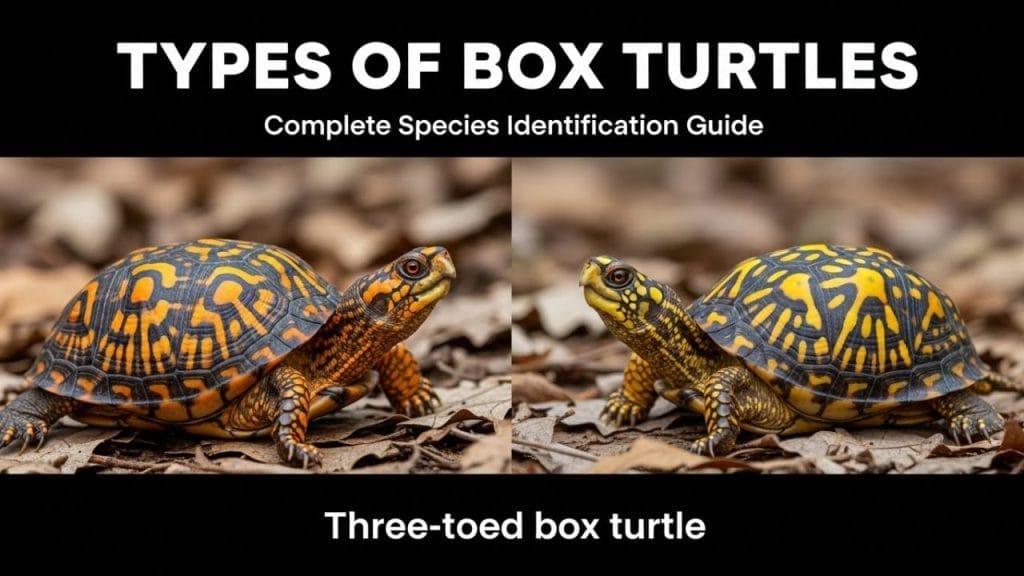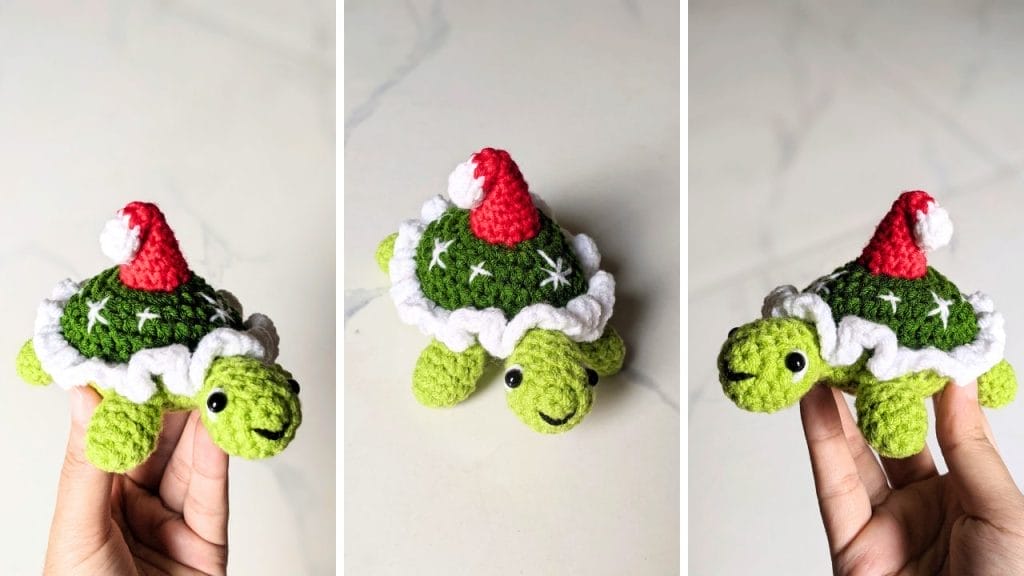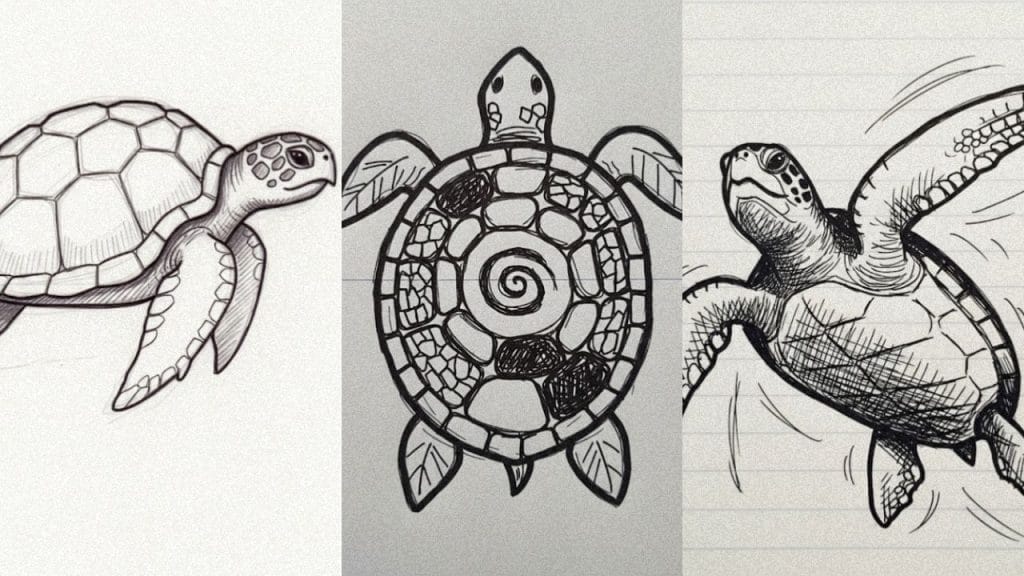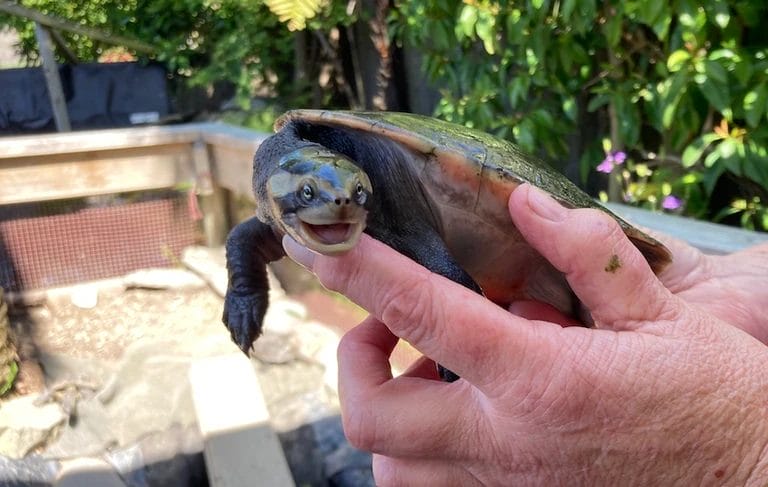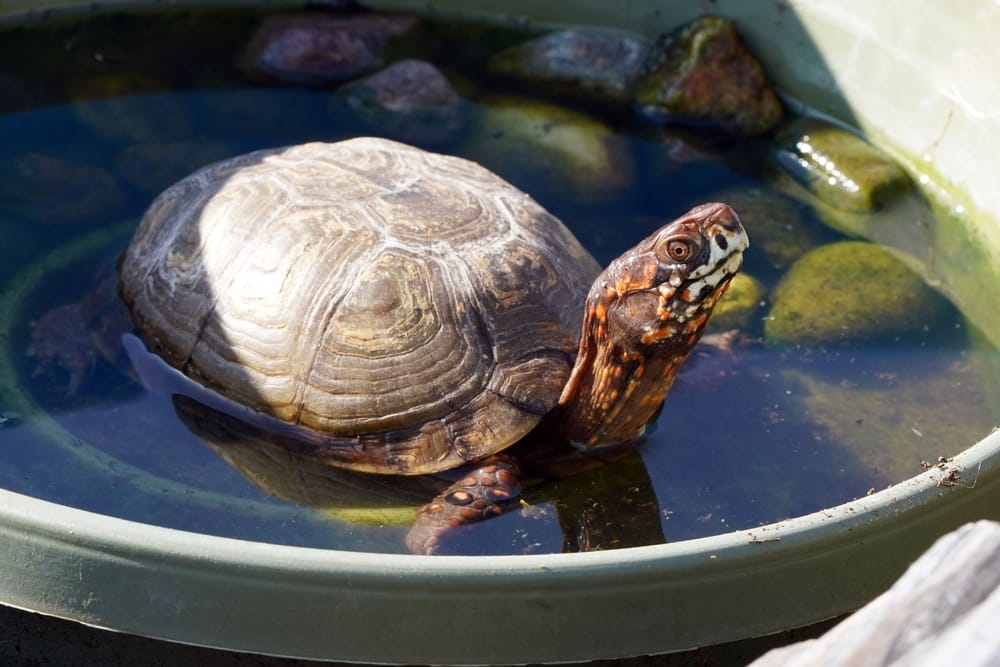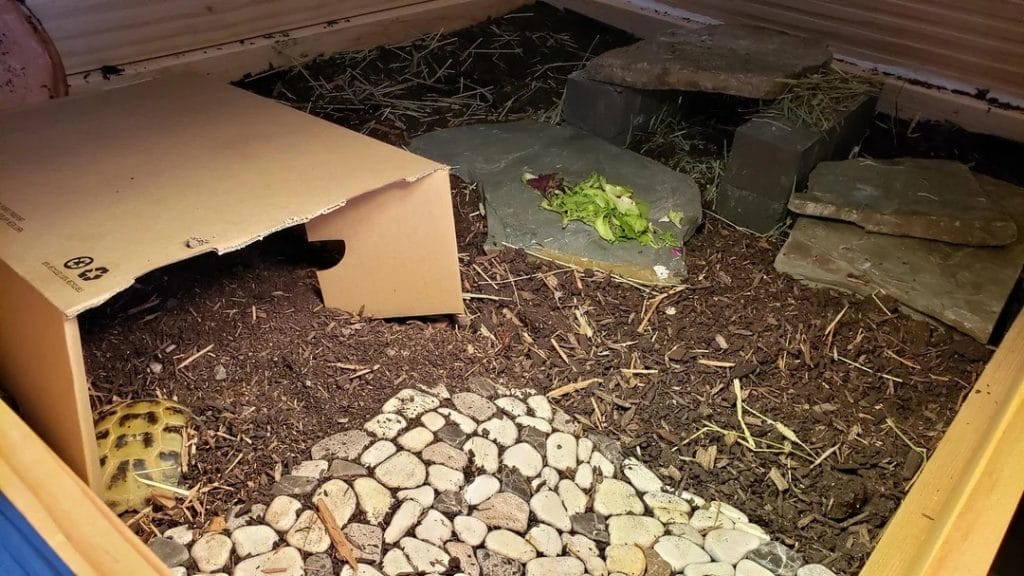Natural Fixes for Common Tortoise Habitat Problems (No Gimmicks)
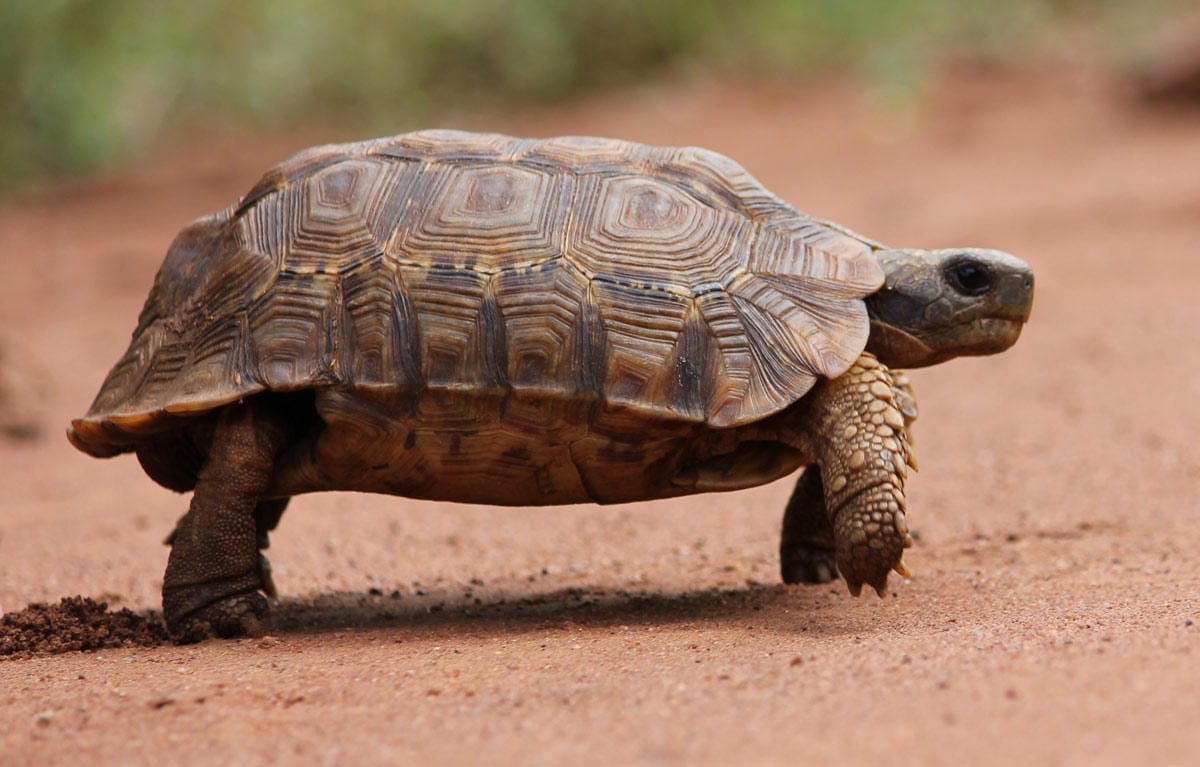
This post was created with help from AI tools and carefully reviewed by a human (Muntaseer Rahman). For more on how we use AI on this site, check out our Editorial Policy.
Tortoises don’t need a Pinterest-worthy setup. They need something that works. If your tortoise looks stressed, hides too much, or skips basking, the problem usually starts with the habitat.
Let’s go over what usually goes wrong—and how to fix it using simple, natural solutions that actually make sense.
Natural Doesn’t Mean Fancy—It Means Familiar
Your tortoise didn’t evolve with plastic caves or blue gravel. They’re built for dirt, sunlight, shade, and space to dig. That’s what their body understands. If you can recreate even a bit of that in your indoor or outdoor setup, you’re already doing better than most pet stores.
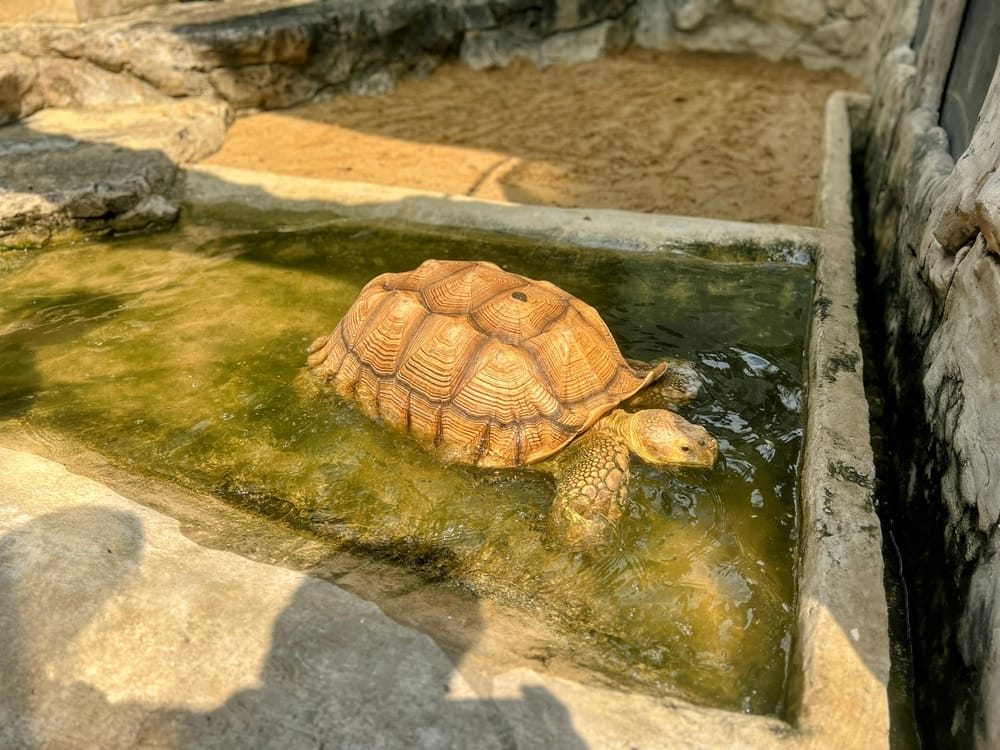
Temperature Problems? Let Nature Help
Many people over-rely on gadgets and still get it wrong. You don’t always need more gear—you need smarter placement.
- Outdoors? Use real stones for basking and shaded corners for cool-off zones.
- Indoors? Place the heat lamp at one end only. Let the other side cool down. That way your tortoise can choose.
- Terracotta pots hold heat well and can act like natural warm shelters at night.
This Hilarious Turtle Book Might Know Your Pet Better Than You Do
Let’s be real—most turtle care guides feel like reading a textbook written by a sleep-deprived zookeeper.
This one’s not that.
Told from the snarky point of view of a grumpy, judgmental turtle, 21 Turtle Truths You’ll Never Read in a Care Guide is packed with sarcasm, sass, and surprisingly useful insights.
And hey—you don’t have to commit to the whole thing just yet.
Grab 2 free truths from the ebook and get a taste of what your turtle really thinks about your setup, your food choices, and that weird plastic palm tree.
It’s funny, it’s honest, and if you’ve ever owned a turtle who glares at you like you’re the problem—you’ll feel seen.
Humidity: You Don’t Need a Fog Machine
Dry air causes flaky skin, trouble shedding, and even eye issues.
- Use damp sphagnum moss in part of the hide box.
- A shallow water bowl or a humid corner with live plants works better than spraying twice a day and hoping it sticks.
- Keep an eye on the species. Not all tortoises like the same level of moisture.
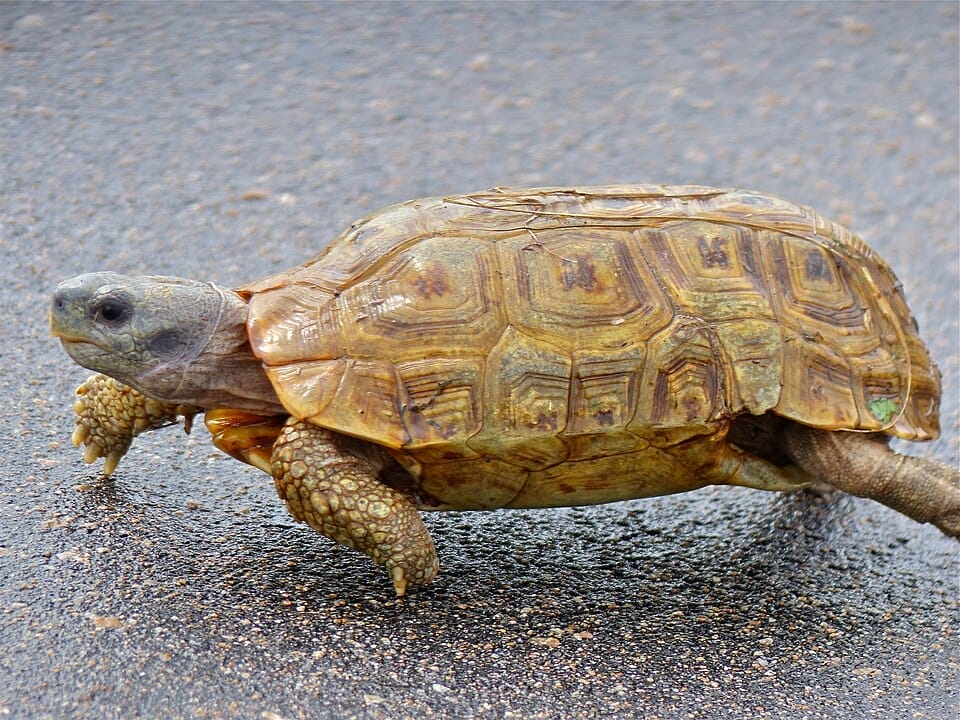
Perfect Wooden Tortoise House For Outdoor & Indoor!
This tortoise house isn’t cheap — but that’s because it’s not your average wooden box.
Built with durable wood, a waterproof liner, and smart design features like a sunbathing area and a hideout zone, the Aivituvin Large Wooden Habitat is made to last.
It’s perfect for tortoises or box turtles, indoors or out. And yep, it even has detachable legs.
If you’re serious about giving your tortoise a safe, comfy home without building one from scratch, this is the one.
👉 Grab the Aivituvin Tortoise House here — it’s currently $10 off.
The Substrate Isn’t Just Decoration
If your tortoise can’t dig, they’ll feel stressed. Some will even stop eating.
- Good options: topsoil, coconut coir, organic garden soil, or a mix of all three.
- Avoid sand, wood shavings, and anything dusty or scented.
- Make sure the depth is enough for your tortoise to dig in comfortably.
Landscaping That Actually Matters
Don’t treat your tortoise like a statue in a terrarium. They need things to interact with.
- Add flat stones, logs, safe plants, and burrowing spots.
- Bushes or upturned pots give them places to hide.
- If it looks too open and boring to you, it’s probably boring for your tortoise too.

Use Microclimates to Your Advantage
You don’t need to heat the whole enclosure evenly.
- Create a warm side and a cool side.
- Use rocks, wood, and elevation to make slightly warmer or cooler areas.
- Your tortoise will figure out where it wants to be—it’s smarter than it looks.
Enrichment Doesn’t Mean Toys
You don’t need to buy anything.
- Scatter food in different corners.
- Let them climb over logs or walk through a small maze made of rocks.
- Even changing the layout once a week gives them something to explore.
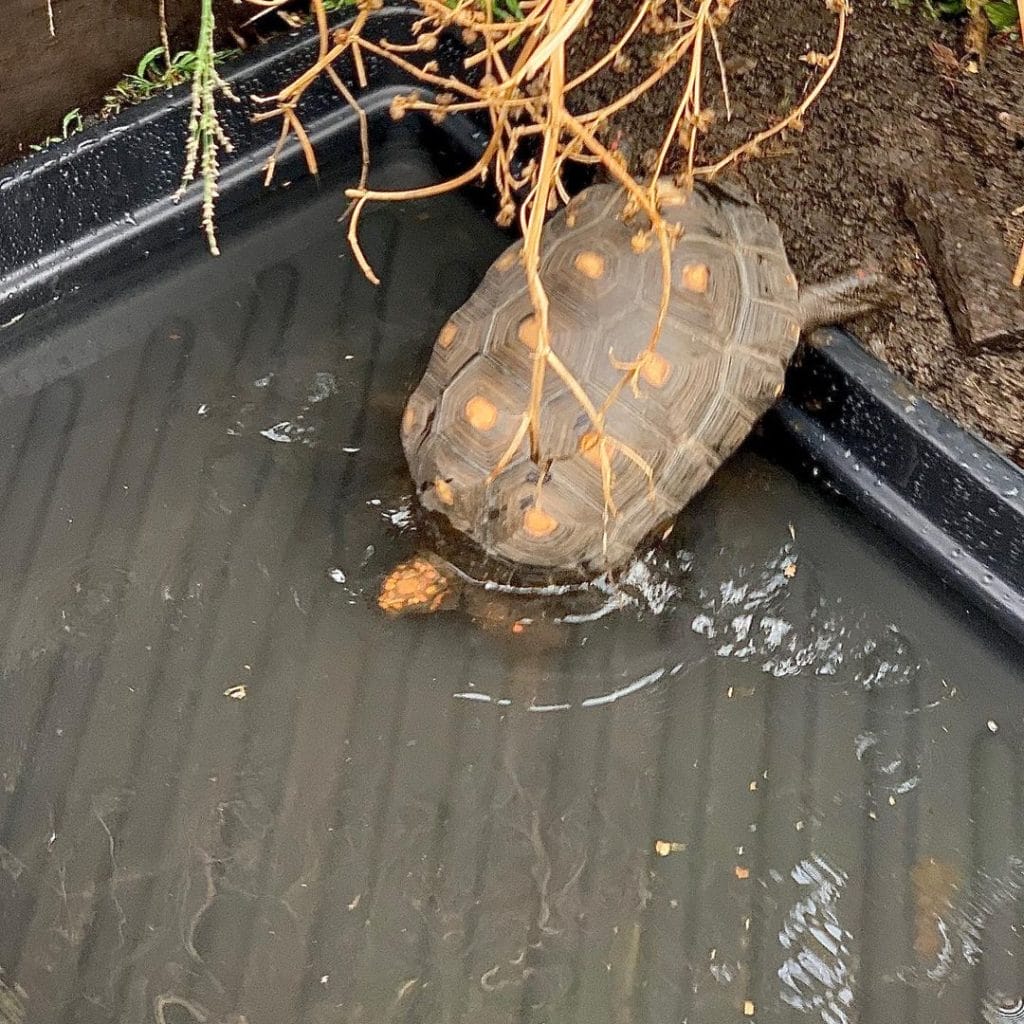
Water Features Should Be Simple
Tortoises don’t want a fountain. They just want clean water.
- Use a shallow, heavy bowl for soaking and drinking.
- Place it in a shaded spot so it doesn’t heat up too much.
- Change the water often—don’t let it turn into a soup.
Shelter That Feels Safe
Fancy hides don’t matter. Feeling safe does.
- Use wooden boxes, overturned crates, or covered burrows.
- Make sure it’s dark, cool, and large enough to turn around in.
- They’ll pick that over anything with a fake plant glued on top.

Avoid Fake Fixes
Bright lights, noisy filters, and decorative crap might look nice to you. They’re just stress triggers for your tortoise.
- Stick with real soil, real sun (or proper UVB), and a setup that mimics nature.
- Less tech, more common sense.
Watch Your Tortoise, Not the Thermometer
A healthy tortoise will explore, bask, dig, eat, and rest at regular intervals.
- If it’s hiding all day, something’s off.
- If it’s basking constantly, it’s probably too cold elsewhere.
- Don’t chase numbers. Watch behavior.

Seasonal Adjustments Are Simple
- In winter, increase insulation. If outdoors, use straw or soil mounds in their shelter.
- In summer, make sure there’s deep shade and cool areas.
- Some species will brumate. Some won’t. Don’t force it either way.
Final Thoughts
Most tortoise problems can be solved by mimicking what nature already does. You don’t need to turn your yard into a jungle or your room into a rainforest. Just make the environment logical, quiet, and functional.
Your tortoise isn’t looking for luxury. It’s looking for something that feels right.
Want a more practical take on tortoise care? Drop a comment or check out more guides—no fluff, no fairy tales. Just real info that works.

About Author
Muntaseer Rahman started keeping pet turtles back in 2013. He also owns the largest Turtle & Tortoise Facebook community in Bangladesh. These days he is mostly active on Facebook.



